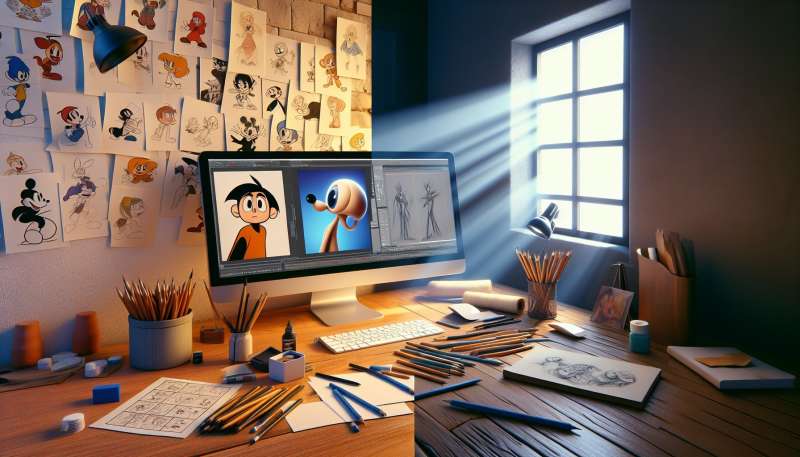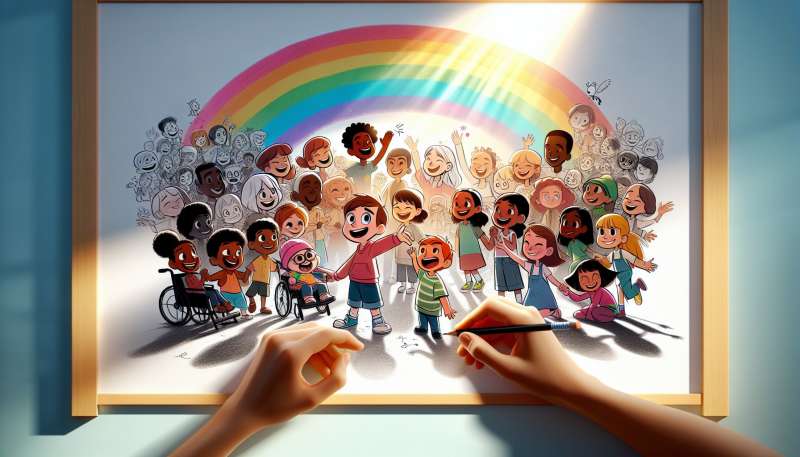
Early Beginnings of Cartoons
The first cartoon ever broadcast was 'Steamboat Willie' featuring Mickey Mouse in 1928. This iconic piece marked the beginning of synchronized sound in animation, paving the way for future cartoons.
Evolution of Animation Techniques
From hand-drawn cells to CGI, animation techniques have evolved dramatically. The 1995 release of 'Toy Story' was a game-changer as the first feature-length film made entirely with computer-generated imagery (CGI).
Cartoons Influence on Culture
Cartoons such as 'The Simpsons' have impacted global culture, with phrases like 'D'oh!' entering common usage. The series has won numerous awards and is the longest-running American sitcom.
Educational Value in Cartoons
Many cartoons, like 'Sesame Street' and 'Dora the Explorer,' are not just entertaining; they're educational. They teach kids numbers, letters, and even new languages, utilizing engaging characters and stories.
Diversity and Representation
Recent years have seen a push for diversity in kids' cartoons. Series like 'Doc McStuffins' and 'Steven Universe' have broken ground with characters representing various races, genders, and family structures.
Psychological Impact of Cartoons
Studies show that kids' cartoons can affect children's behavior and social skills. Positive role models in shows can promote empathy and cooperation, while violent content might have adverse effects.
Regulations on Kids' Content
Cartoons are subject to regulations to protect young viewers. Laws like the Children's Television Act in the USA mandate a minimum amount of educational content in programs aimed at children.
What marked 'Steamboat Willie' significance?
First cartoon with Mickey Mouse
Introduced synchronized sound
First hand-drawn cartoon
Company